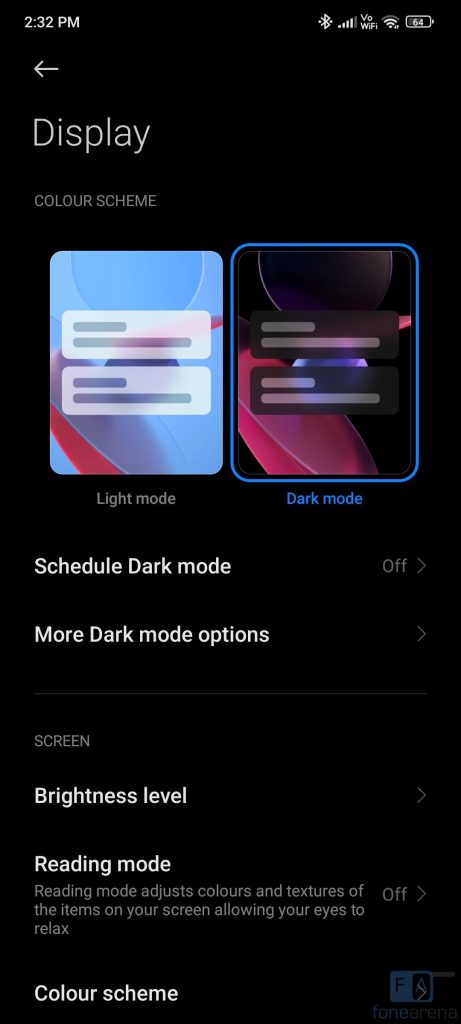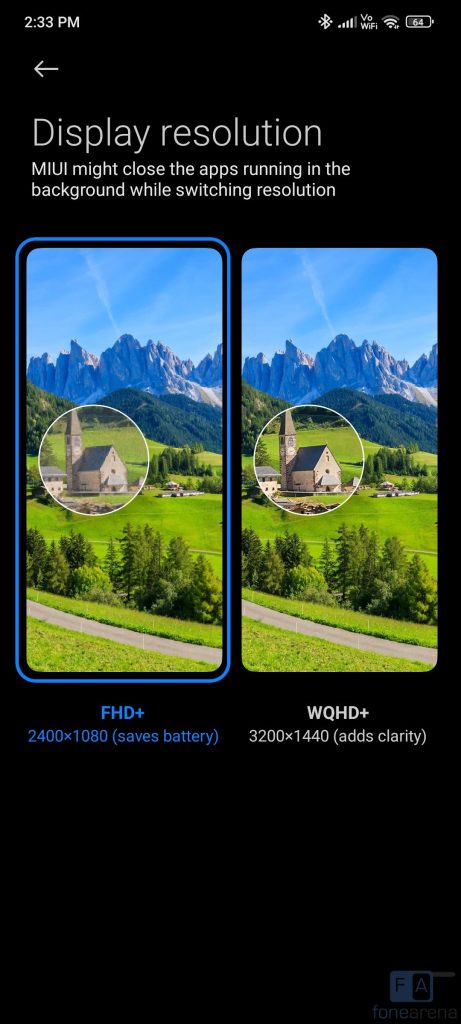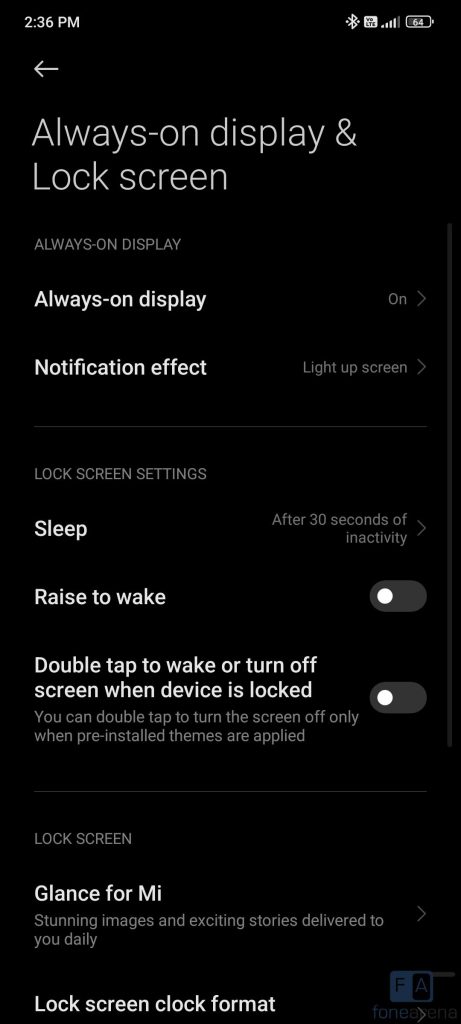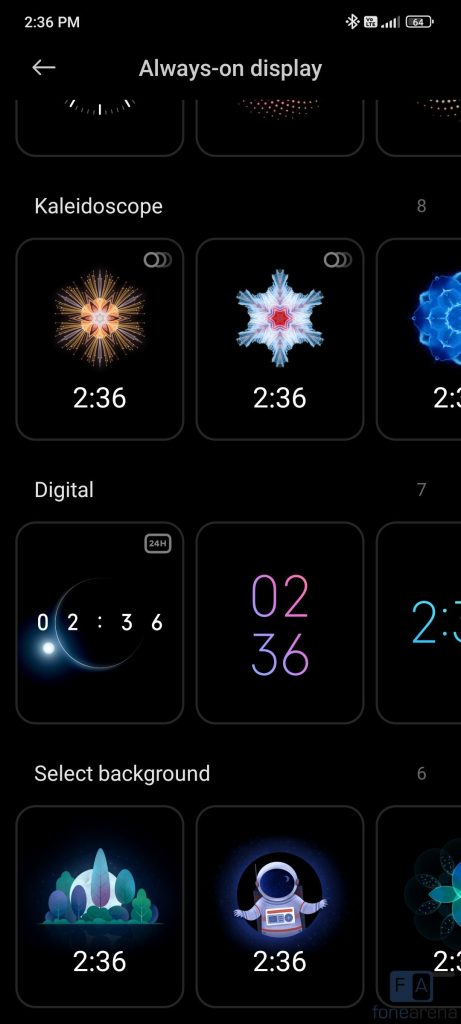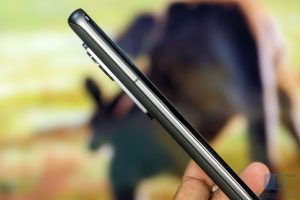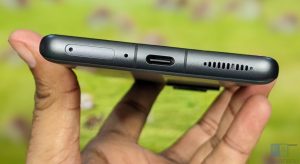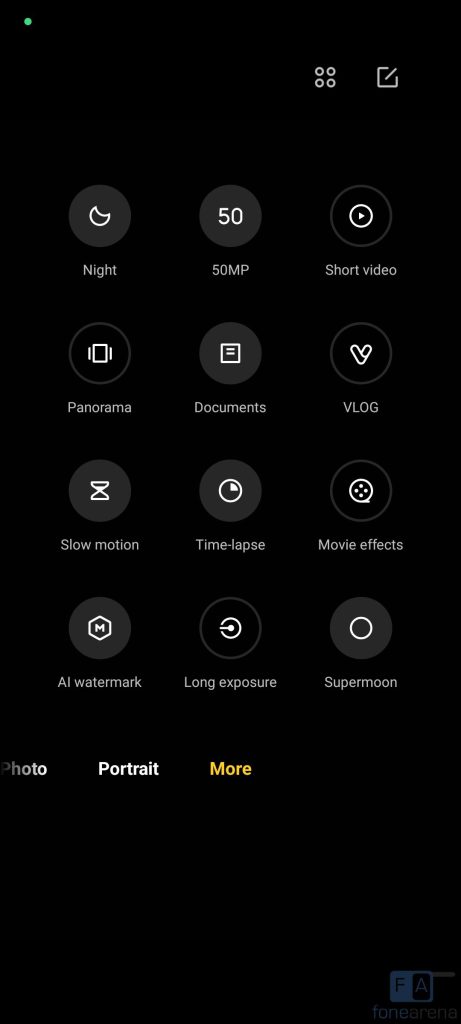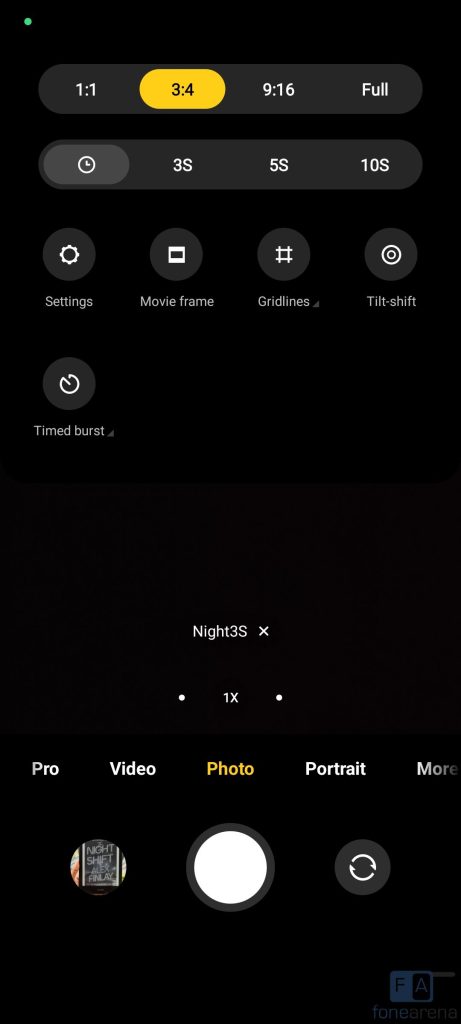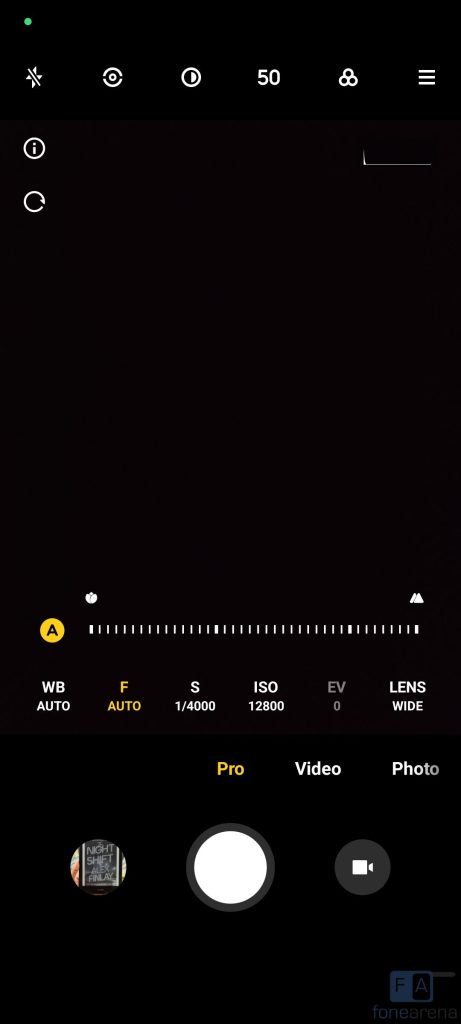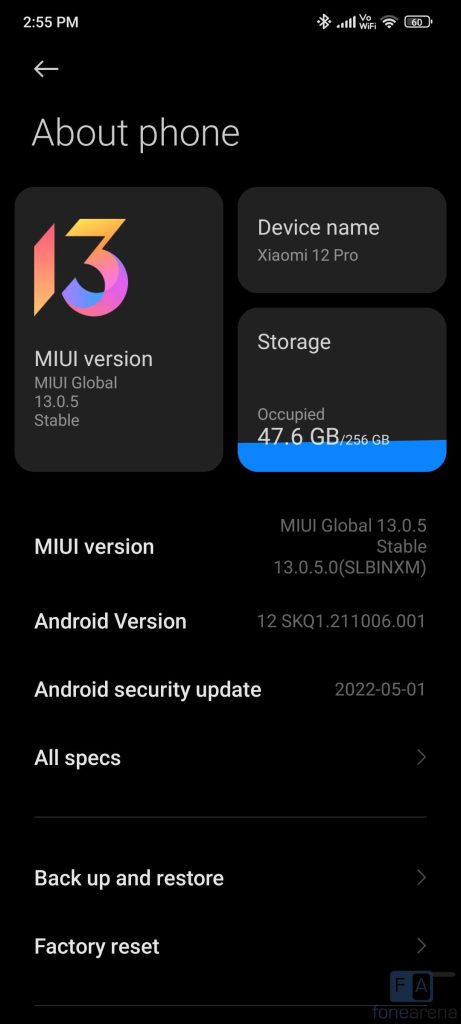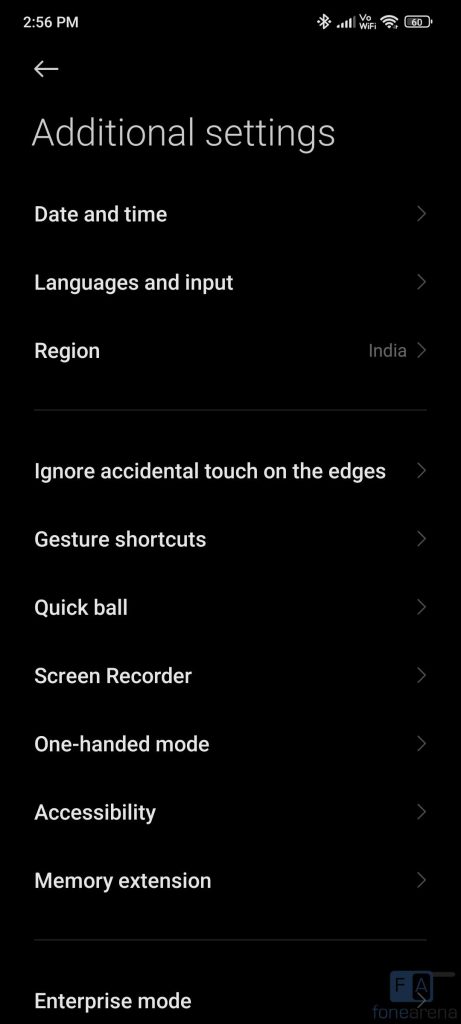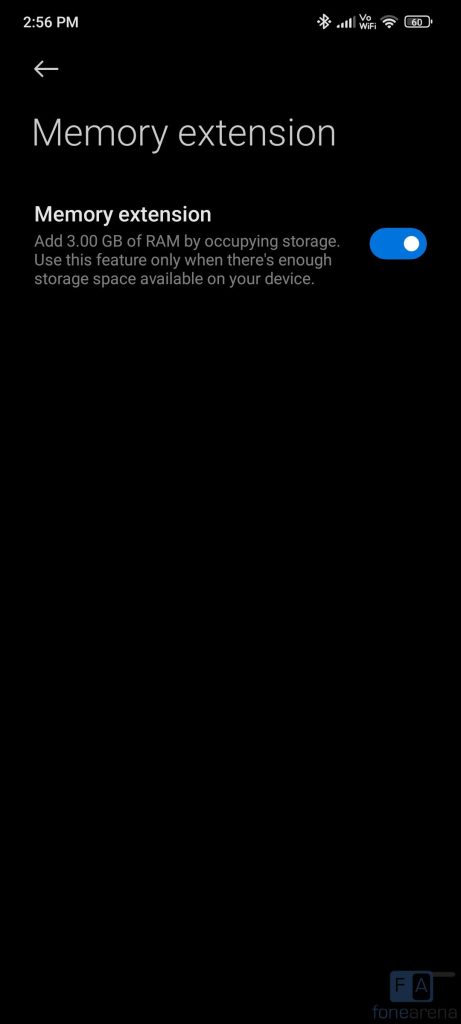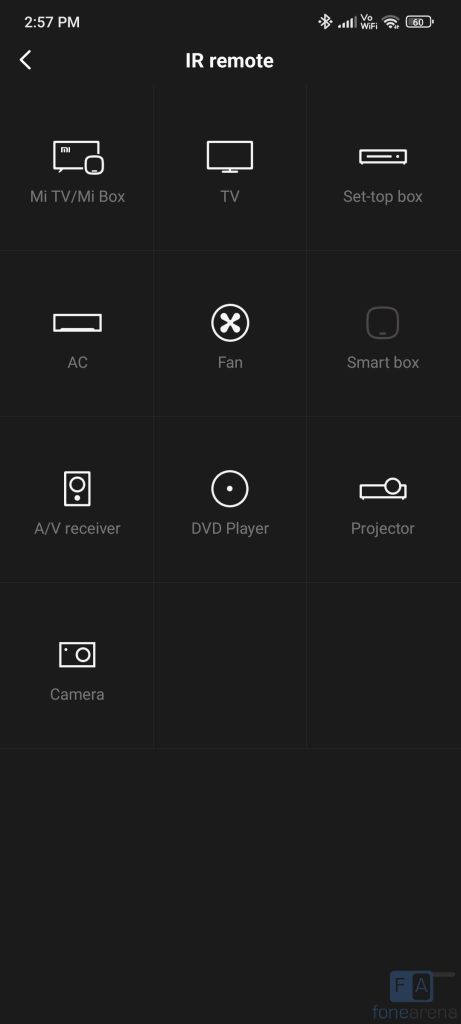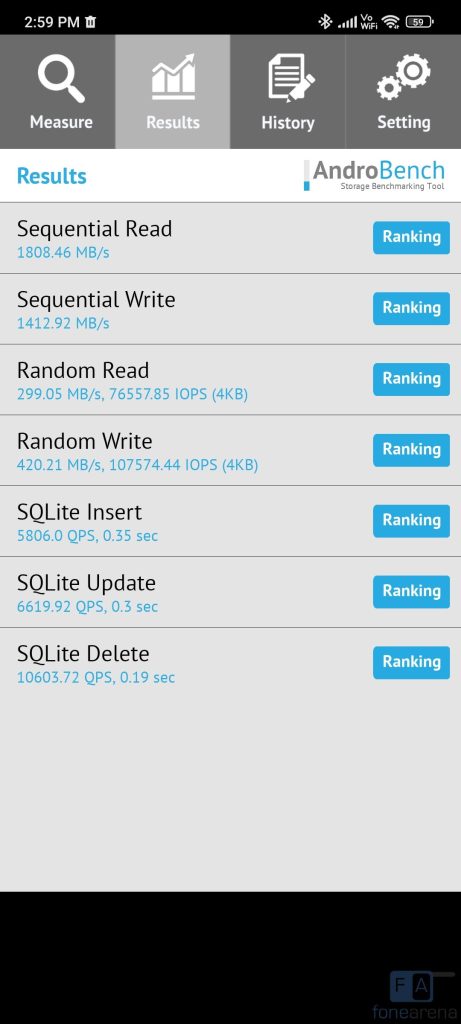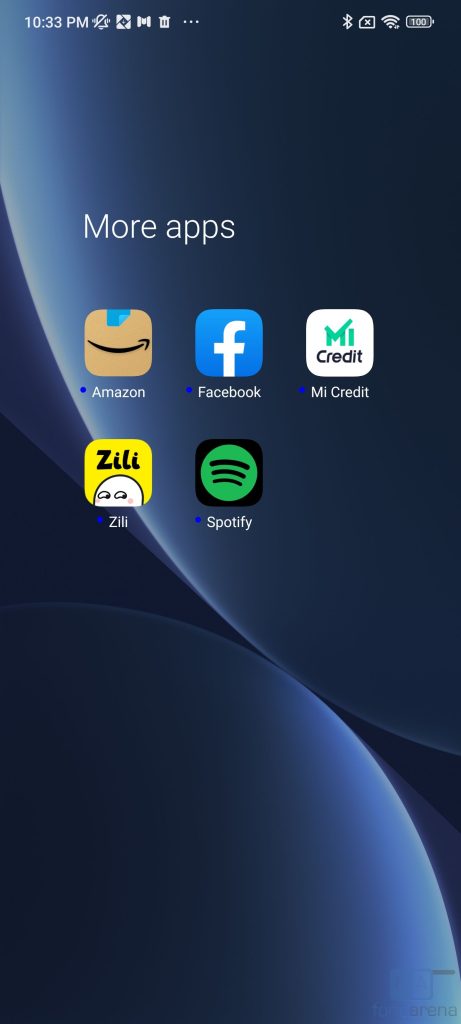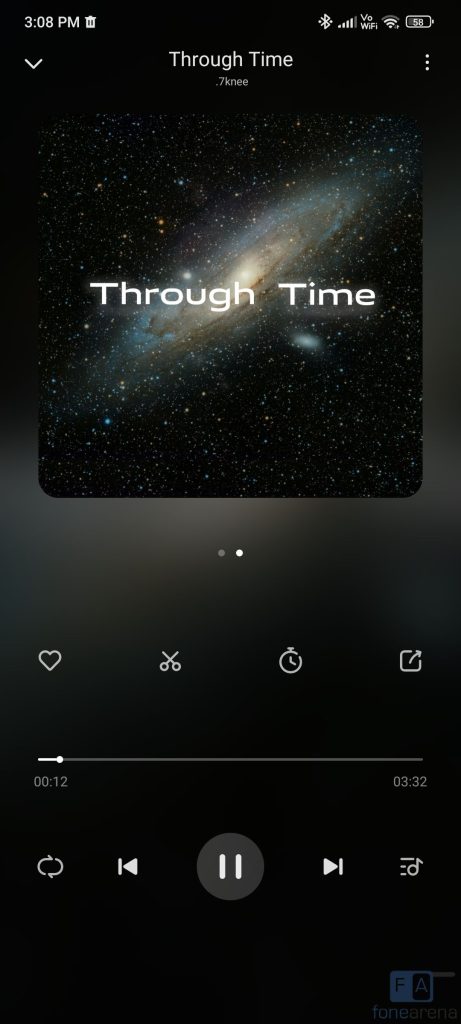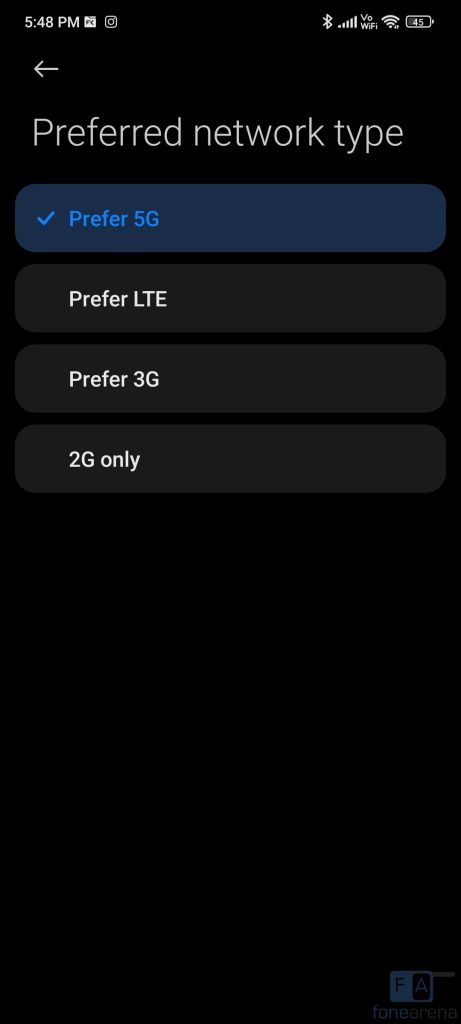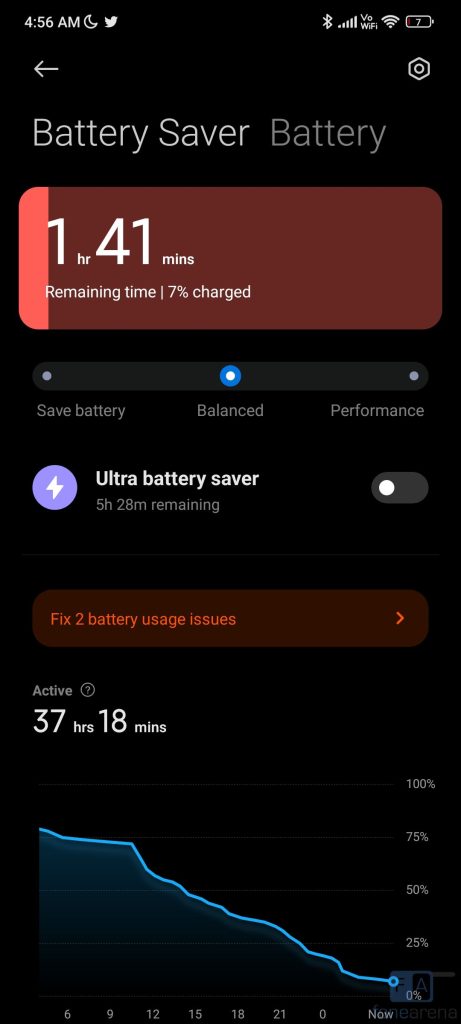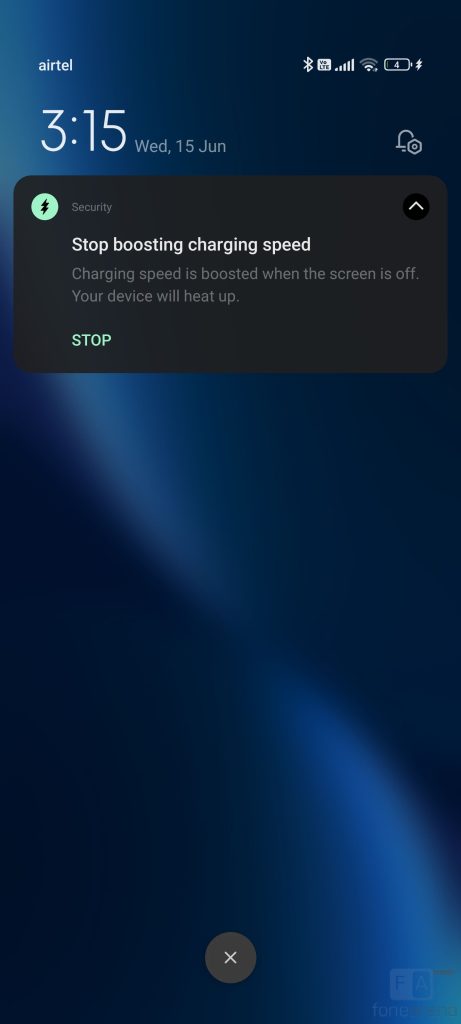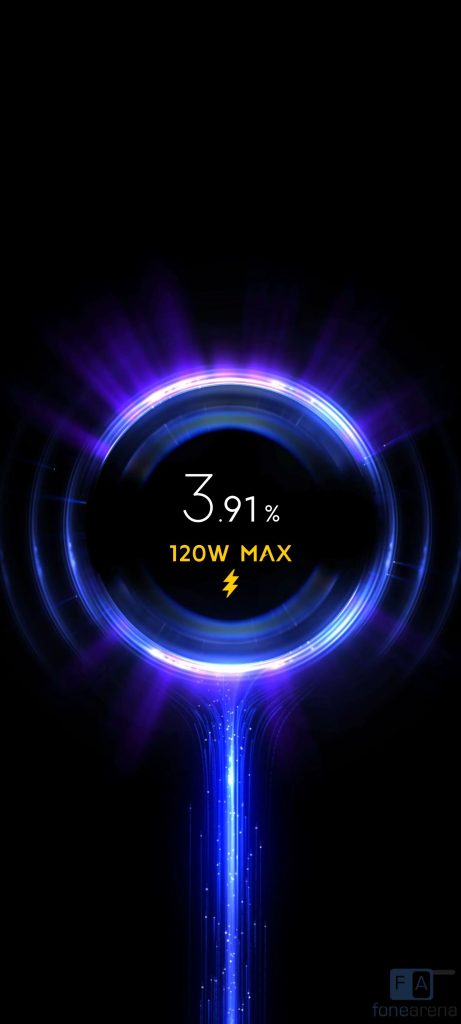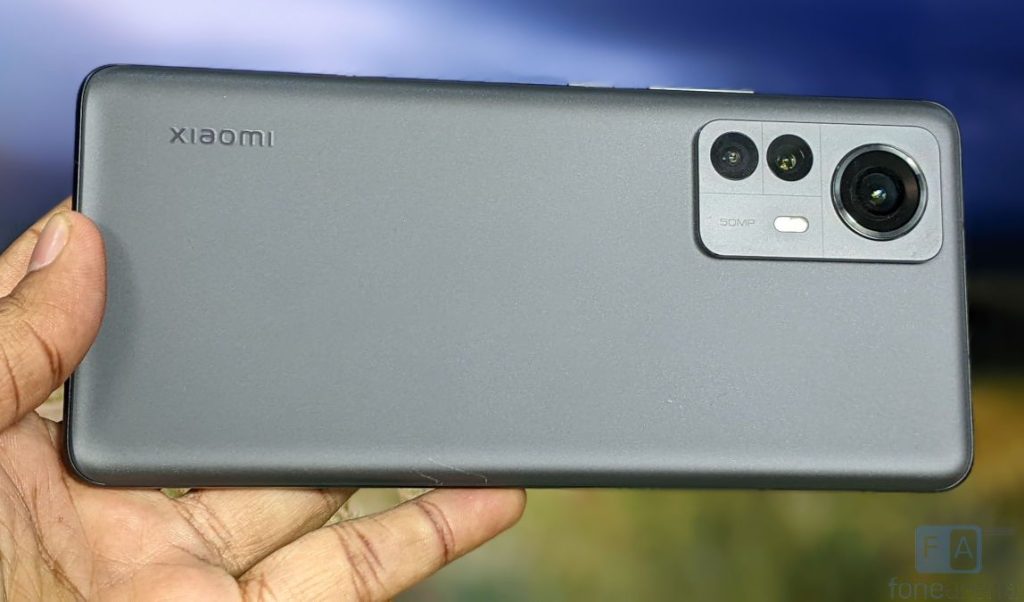
Xiaomi launched the Xiaomi 12 Pro in the new Xiaomi 12 series in India in April. The company only launched the Mi 11 Ultra in the country last year. This has flagship specs including a 2K+ 120Hz 10-bit AMOLED display, Snapdragon 8 Gen 1 SoC, triple 50MP cameras. Is the phone worth the price of Rs. 62,999? Let us dive into the review to find out.
Box Contents
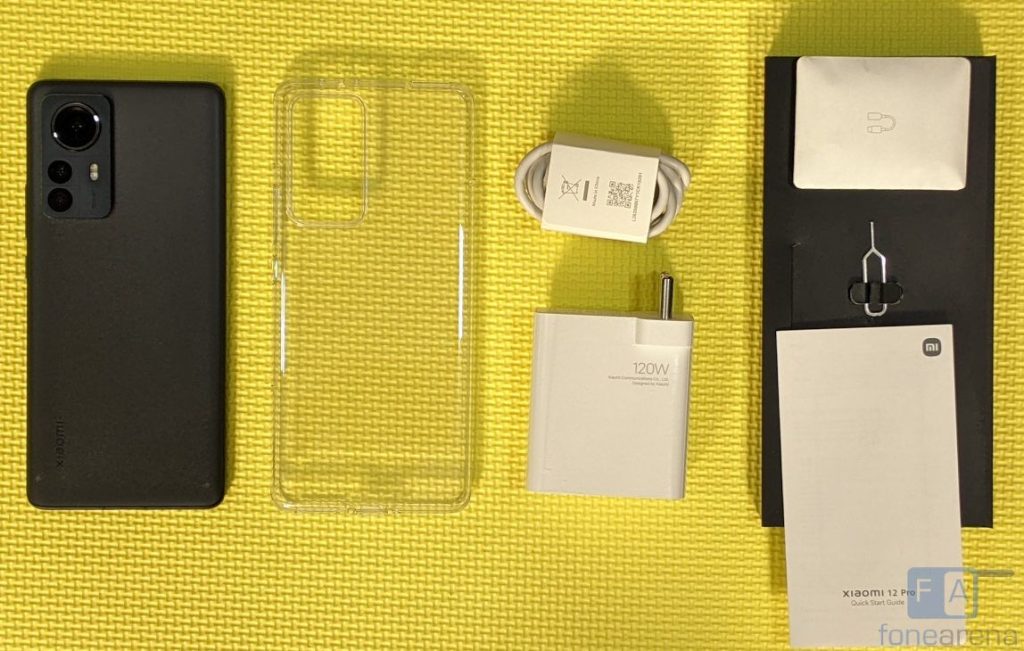
- Xiaomi 12 Pro 12GB + 256GB in Noir Black colour
- 120W fast charger (5V-3A/9V-3A 11V-6A Max/17V-6A Max/20V-6A)
- 6A USB Type-C Cable
- SIM Ejector tool
- Clear protective case
- Screen protector (Pre-installed)
- USB Type-C to 3.5mm converter
- User guide
Display, Hardware and Design
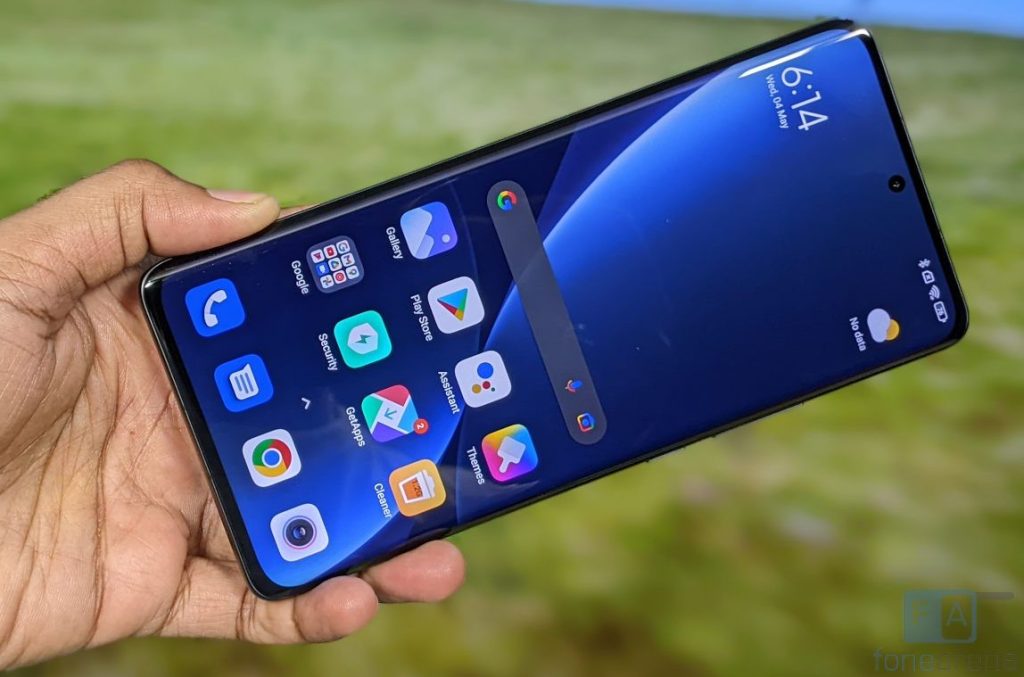
Starting with the display, the Xiaomi 12 Pro has a 6.73-inch Quad HD+ AMOLED display with a pixel resolution of 3200 x 1440 pixels, 20:9 aspect ratio curved glass screen and a pixel density of about 522 PPI. The display is bright, thanks to 1000 nits (typical), 1500 nits peak brightness, which is enabled when you are watching HDR content. It has 16000 level brightness adjustment. It supports DCI-P3 wide colour gamut, JNCD≈0.43, Delta E≈0.4, so the colours are vibrant.
The phone has an LTPO display, so the fresh rate can vary between 1-120Hz. The company says that the AdaptiveSync Pro display feature can switch between 1Hz/10Hz/30Hz/60Hz/120Hz according to the content. It has 480Hz touch sampling rate. When enabled, it offers a buttery smooth user experience, especially when you are scrolling through the UI and when gaming. It also has HDR 10+ support, which works for YouTube and there is Dolby Vision which works for Netflix. You can also reduce the display resolution to FHD+ to improve the battery life.
Under the display options, there are different options to adjust colours and contrast based on your preference. There is also a reading mode that lets you reduce the display’s blue light emission, so it doesn’t cause eye strain when you are reading at night, but this will be disabled when you play HDR videos. There is Dark mode, similar to other MIUI phones. You also get an option to enable dark mode to apps that are installed, but it doesn’t look good on most apps.
It also has AI image enhancement feature that is used when viewing images in the gallery app, AI HDR enhancement for and MEMC for smooth video playback. The phone comes with Corning Gorilla Glass Victus protection.
The phone has an always-on-display option, which can be enabled from display settings. This doesn’t consume a lot of power since this is an AMOLED screen, but the company says that it increases the power consumption, so it turns off automatically when the phone stays dark for a long time or battery saver restrictions are applied. It also has super wallpaper or live wallpaper feature.
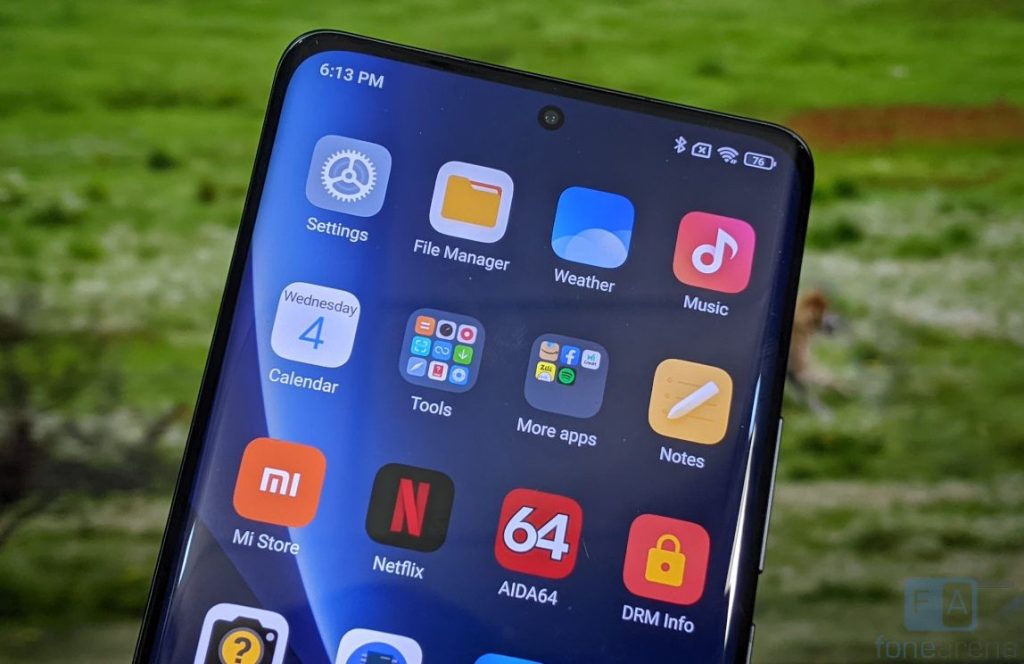
The phone has a tiny punch-hole that houses a 32-megapixel camera, which doesn’t disturb when watching videos since it just occupies a small space. Above the display there is an earpiece on the top edge which also doubles up as a secondary speaker. The phone also has the usual set of proximity and ambient light sensors, as well as a gyroscope and a magnetic sensor, otherwise known as a magnetometer.
Coming to the button placements, the volume rockers are present on the right side of the phone. There is nothing on the left side, but you can view the antenna bands. On the top there is a vent for speaker, Harmon Kardon branding, secondary microphone and an infrared sensor. The dual SIM slot, primary microphone and USB Type-C port and the loudspeaker grill are present on the bottom. The phone features an X-axis linear vibration motor, which enables custom vibration patterns across the UI for the best haptic experience.

The back of the phone also has a glass finish which offers a smooth matte finish. In addition to the Noir Black colour that we have, the phone also comes in Opera Mauve and Couture Blue colours. The phone is just 8.16mm thick, and weighs 205 grams since it has a huge screen, and a glass back even though it packs a 4600mAh battery. The phone doesn’t have IP ratings officially.
Camera
- 50MP camera with 1/ 1.28″ Sony IMX707 sensor, f/1.9 aperture, OIS
- 50MP Samsung JN1 115° ultra-wide angle lens with f/2.2 aperture
- 50MP Samsung JN1 2x portrait camera with f/1.9 aperture, 48mm equivalent focal length
- 32MP front-facing camera with f/2.45 aperture
The camera UI is familiar with other Xiaomi smartphones running MIUI 12. You get all the features such as Pro, Night, 50MP, Short Video, Panorama, Documents, VLOG, Slow motion, Time-lapse, Dual video, AI watermark, Long exposure and Pro mode lets you adjust white balance, focus, shutter speed (1/4000s to 30 seconds), ISO (50 to 12800) and option to select main, ultra-wide and telephoto lens. You can also shoot in RAW in Pro mode and enable focus peaking, exposure verification and more options.
Supermoon offers 5x, 10x and 20x options for shooting the moon, but it is not as good as the Xiaomi 11 ultra which has up to 100x zoom. There is ‘movie frame’ mode works both rear camera front cameras and for video, and there is also portrait video mode which is limited to 720p 30 fps. Xiaomi has enabled Cam2API by default, so you can side-load ported Google Camera APKs for advanced editing, including RAW capture.
The camera features smart visual tracking capability that can simultaneously identify human eyes and figures, as well as pets, for stable and accurate focusing. The advanced machine learning algorithm allows the system to quickly analyze features of the focused subject, even if shape, angle, or color change. This offers stable and smooth tracking for moving objects, just by double tapping.
Coming to the image quality, daylight shots came out well with good dynamic range. After pixel binning technology, you get 12.5MP output from all the rear cameras. HDR shots are better with improved dynamic range. 50MP wide-angle shots are good, and the 2X portrait shots are the best with good edge detection, thanks to the dedicated 50MP camera for portraits. I didn’t miss the macro camera, but the phone offers 2x telephoto which is good for portraits, but once you zoom in, it is digital, and it can only go up to 10x, so it is not recommended going beyond 5x if you don’t want to lose details. The 32MP front camera is good, and you get full 32MP output. Lowlight camera performance is brilliant from all the cameras.
Check out the camera samples.
It can record videos at 8k resolution at 30 fps, 4K at up to 60 fps, and it also has slow motion 1080p at up to 240 fps and 720p resolution video recording at up to 480 fps. There is also 960fps option, which should be converted into 960fps. You can also shoot 4K 60 fps videos using the ultra-wide and telephoto cameras.
Software, UI and Apps
It runs Android 12 out of the box, with MIUI 13 on top. It recently got May 2022 Android security patch recently. Xiaomi has also confirmed 3 Android OS updates and 4 years of security updates. MIUI 13 lets you uninstall several system apps. This has all the usual set of features such as Gesture shortcut, one-handed mode, Quick Ball and more. Since this has a curved screen, it has an option to ignore accidental touches.
Since the phone has an infrared sensor for remote function, it comes with Mi Remote that lets you control your home appliances easily. Out of 12GB LPDDR5 RAM, you get 10.92GB of usable RAM, and about 4GB of RAM is free when default apps are running in the background. It also as up to 3GB of memory extension or virtual RAM, which you can disable from additional settings. Out of 256GB, you get about 222.6GB of free storage. It has UFS 3.1 storage that promises sequential write speeds of up to 1450MBs, and we got sequential read speeds of 1808.46MB/s and sequential write speeds of 1412.92MBs.
Apart from the usual set of utility apps, Google apps and Xiaomi’s own set of apps, it comes preloaded with Amazon Shopping, Facebook, Netflix, Zili and Spotify apps. It also asks for additional app installation during setup, which you can skip. You can easily uninstall these apps, but these come up when you reset the phone. Even though there is personalized ads option during set up and recommendations in all the apps, you don’t get any ads in apps.
Fingerprint sensor and Face unlock
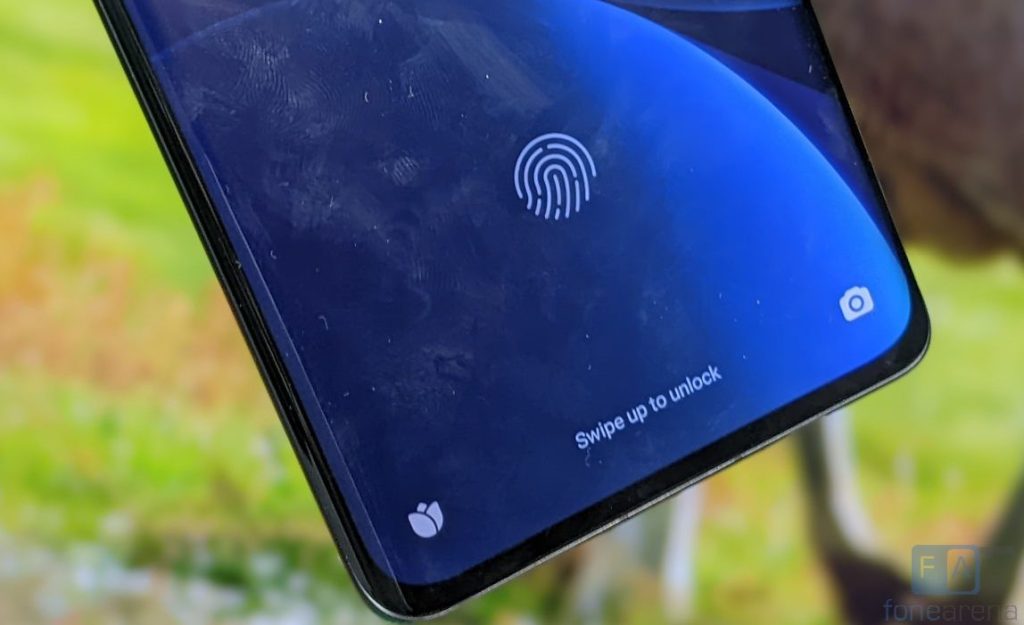
It has an optical in-display fingerprint sensor that immediately unlocks the phone. You can add up to 5 fingerprints. You can also use the fingerprint for app local and payments in apps. The phone also has face unlock, but it is not as secure as fingerprint since it can be unlocked with a photo.
Music Player and Multimedia
The Mi Music Player is the default music player with usual Xiaomi audio effects and equalizer. It also doesn’t have FM Radio, but comes with Dolby Atmos, and the symmetrical dual speakers that utilizes a frequency division scheme, enabling excellent audio experience with high frequency ductility supported by a customized mid-woofer and tweeter. Since it is tuned SOUND BY Harmon Kardon, it offers a vivid, natural sound experience in three dimensions. Audio through earphones is good as well.
It has Widevine L1 support, so you can play HD content on Netflix, Amazon Prime Video and other streaming apps without any issues. It also supports Dolby Vision for Netflix.
Dual SIM and Connectivity
It supports 5G, and has support for n1, n3, n5, n7, n8, n20, n28, n38, n40, n41, n66, n77, n78 and n79 5G bands. It has 4G VoLTE for Reliance Jio, Airtel and other networks and support Dual 4G VoLTE that offers 4G in both the SIM cards at a time. The phone supports carrier aggregation as well. Other connectivity options include Dual-Band Wi-Fi 802.11 ax. It has VoWiFi / Wi-Fi calling support, Bluetooth 5.2 LE, GPS (L1 + L5), Glonass, Beidou and NFC. It also has USB OTG support that lets you connect USB drives. Call quality is good, and we did not face any call drops and the earpiece volume was loud.
The Xiaomi 12 Pro’s body SAR is 0.451W/Kg (Distance 15mm) and head SAR is at 0.775/Kg, which is well under the limit of 1.6 W/kg (over 1 g) in India.
Performance and Benchmarks

Coming to the performance, it is powered by Snapdragon 8 Gen 1 4nm Mobile Platform. Samsung has finally switched from Exynos to Snapdragon in India. It has 1 x Kryo Prime CPU (Arm Cortex-X2-based) at up to 3.0GHz, 3 x Kryo Performance CPUs (A710-based) at up to 2.50GHz, 4x Kryo Efficiency CPUs (A510-based) at up to 1.80GHz. The new Qualcomm Adreno GPU provides a 30% boost in graphics rendering capabilities and 25% improvement in power savings compared to the previous generation.
The cooling system has an extra-large 2900mm² VC and 3 large heat dissipation graphite sheets, which further enhances cooling performance for stable use, while the antenna area is also covered with white graphene, says the company.
When you play graphic-intensive games like COD, BGMI and Genshin Impact, or use the camera for a long time for recording videos, it gets heated quickly, but doesn’t get too hot. It reached maximum 42º in our testing indoors in Wi-Fi, but this might vary outdoors in 4G. That said, check out some synthetic benchmark scores below.
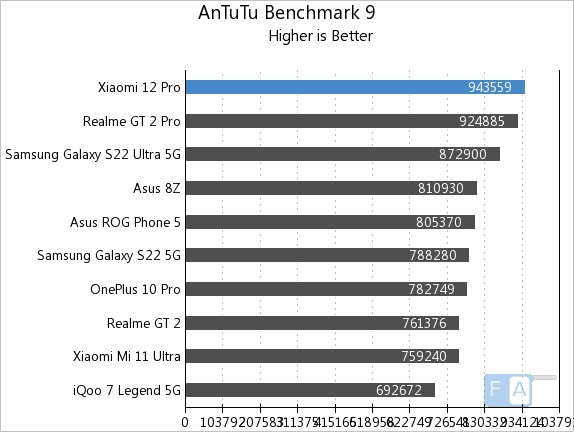

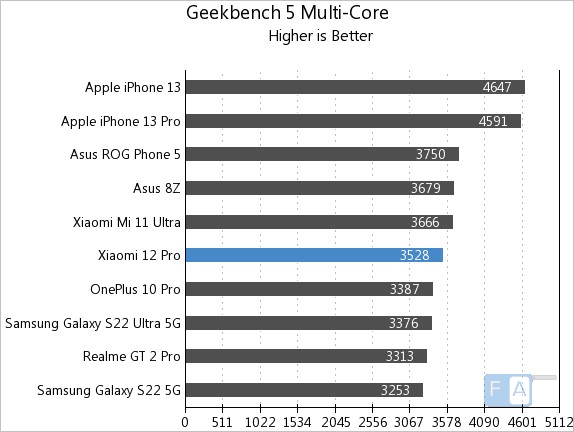
Battery life
Coming to the battery life, the phone packs a 4600mAh (typical) built-in battery which lasts for a day with Wi-Fi, but with 4G and dual SIMs, and average, but with heavy use and with WQHD+ resolution in 120Hz it might not last the whole day. I got close to 3 and half hours of screen on time with over a day of use on Wi-Fi and in QHD+ resolution in 120Hz, and it might last longer in FHD+ resolution.
This has support for 120W fast charging and also comes with 120W charger in the box. It uses graphene, dual charge pump, Mi-FC technology, MTW technology to achieve 100% charge in just 18 minutes.
The company says that the phone retains up to 80% battery capacity even after 800 charge or discharge cycles. It added that it has gone through 42 safety checks and real-time temperature monitoring system.
There is a separate ‘Boost Charging Speed’ option in the battery settings that is off by default. When enabled, it charges the phone at the highest wattage, but the phone also get hot. 0 to 100% charge takes about 18 minutes when this is enabled, and when it is off it takes about 24 minutes, which is still fast. I even tried the 67W charger to charge the smartphone, which took about 35 minutes to charge from 0 to 100%.
Conclusion
At a starting price of Rs. 62,999, the Xiaomi 12 Pro is a good flagship if you are looking for a multimedia-centric phone since this comes with 120Hz AMOLED LTPO screen with Dolby Vision, 50MP triple cameras and 120W fast charging with bundled fast charger in the box. The Snapdragon 8 Gen 1 offers a good performance, but the phone gets hot quickly on intensive use and the battery drains quickly. 2X telephoto might not be enough compared to other flagships.
Alternatives
OnePlus 10 Pro is a good competitor in the range. There is also iQOO 9. The Samsung Galaxy S21+ is also a good alternative, but it is costly.
Availability
The Xiaomi 12 Pro comes is priced at Rs. 62,999 for the 8GB + 256GB version and the 12GB + 256GB version costs Rs. 66,999. It is available from Amazon.in, mi.com, Mi home stores and offline stores. There is Rs. 4000 instant discount as a part of launch offer and Rs. 6000 instant discount with ICICI Bank cards and EMI.
Pros
- 10-bit AMOLED LTPO display with Dolby Vision is brilliant
- Smooth performance
- Good cameras both in daylight and lowlight
- Solid build quality
- Stereo speakers, Dolby Atmos
- 120W fast charging with in-box charger
Cons
- No IP ratings
- Average battery life
- Only 2X zoom for the telephoto camera

